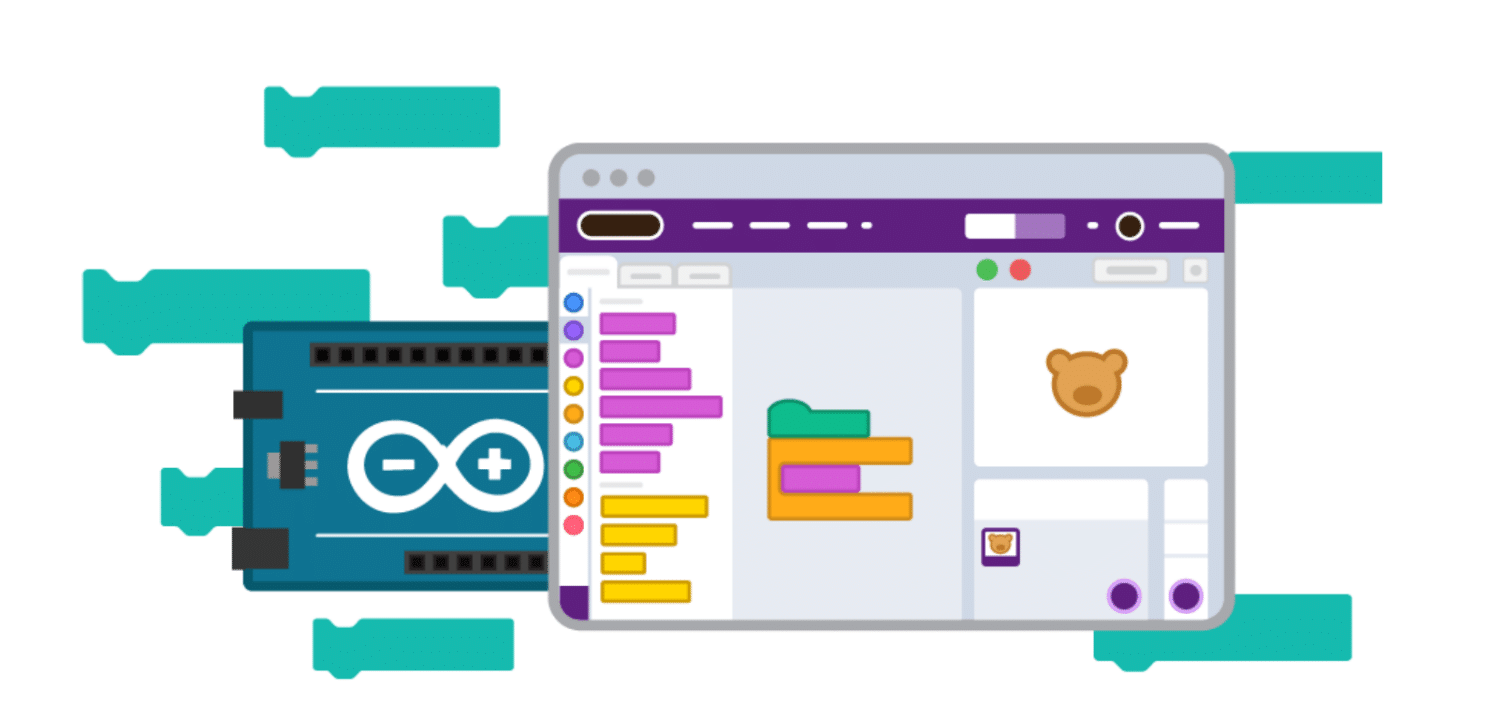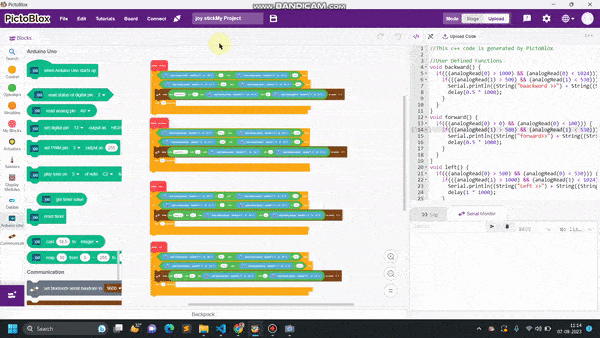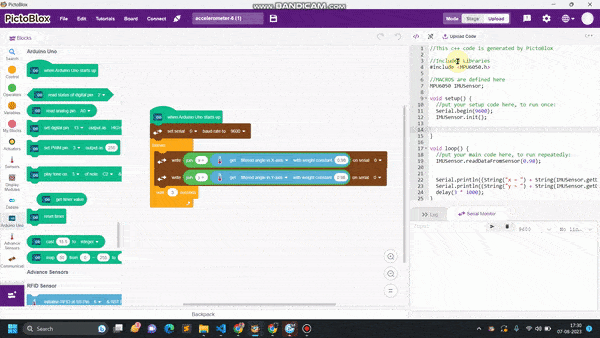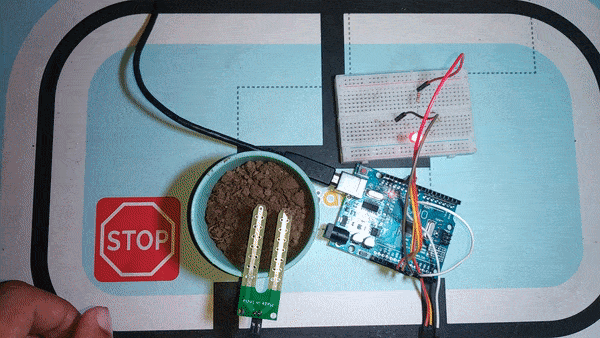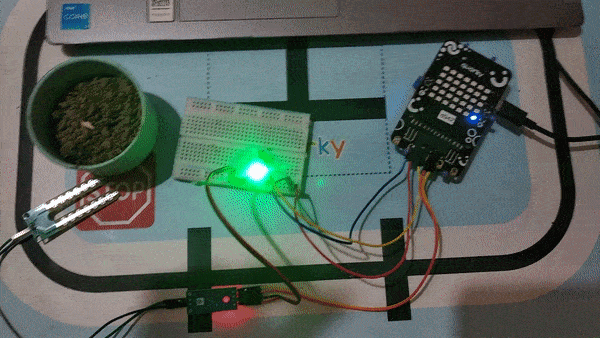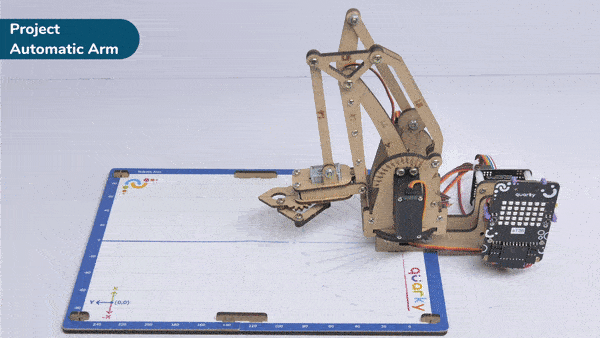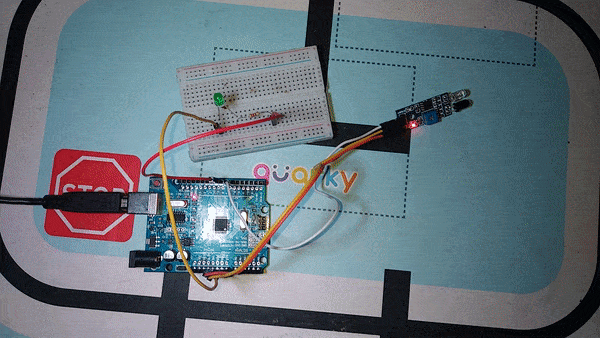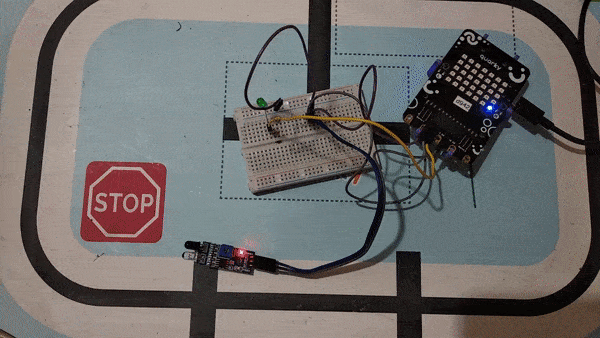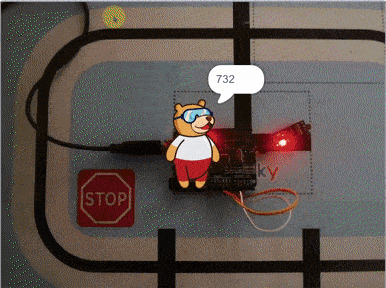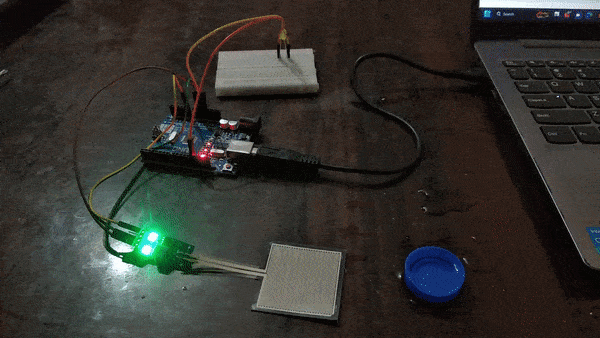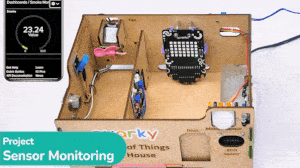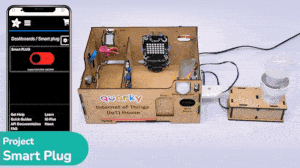[PictoBloxExtension]
Operators

Extension Description
Operator blocks deal with many mathematical functions within a project.
-
 Available in: Block Coding
Available in: Block Coding
-
 Mode: Stage Mode
Mode: Stage Mode
-
 WiFi Required: Yes
WiFi Required: Yes
-
 Compatible Hardware in Block Coding: evive, Quarky, Arduino Uno, Arduino Mega, Arduino Nano, ESP32, T-Watch, Boffin, micro:bit, TECbits, LEGO EV3, LEGO Boost, LEGO WeDo 2.0, Go DFA, None
Compatible Hardware in Block Coding: evive, Quarky, Arduino Uno, Arduino Mega, Arduino Nano, ESP32, T-Watch, Boffin, micro:bit, TECbits, LEGO EV3, LEGO Boost, LEGO WeDo 2.0, Go DFA, None
-
 Compatible Hardware in Python: evive, Quarky, Arduino Uno, Arduino Mega, Arduino Nano, ESP32, T-Watch, Boffin, micro:bit, TECbits, LEGO EV3, LEGO Boost, LEGO WeDo 2.0, Go DFA, None
Compatible Hardware in Python: evive, Quarky, Arduino Uno, Arduino Mega, Arduino Nano, ESP32, T-Watch, Boffin, micro:bit, TECbits, LEGO EV3, LEGO Boost, LEGO WeDo 2.0, Go DFA, None
-
 Object Declaration in Python: sprite = Sprite("Sprite-Name")
Object Declaration in Python: sprite = Sprite("Sprite-Name")
-
 Extension Catergory: Default
Extension Catergory: Default
Introduction
Operators is one of the ten categories of default Scratch blocks. They are color-coded light-green and are used to script math equations and string handling.
Read More
PictoBlox Blocks
The block gets values of the video, either motion (on a scale of 1 to 100) or direction (which way the detected motion is going, measured on the same plane as sprite direction), on either the Stage or the current sprite. If there is no video, the block will return -1. It calculates the values based on “optical flow”.
This block reads the value from the analog pins of boards such as Arduino Uno, Arduino Mega, or Arduino Nano. It returns the 10-bit resolution of the analog pin, with a range of 0 – 1023, which is mapped to the voltage of the pin (usually 0 – 5V). For example, if the value received is 512, then the voltage is roughly 2.5V.
All articles loaded
No more articles to load
Block Coding Examples
All articles loaded
No more articles to load
Table of Contents



























